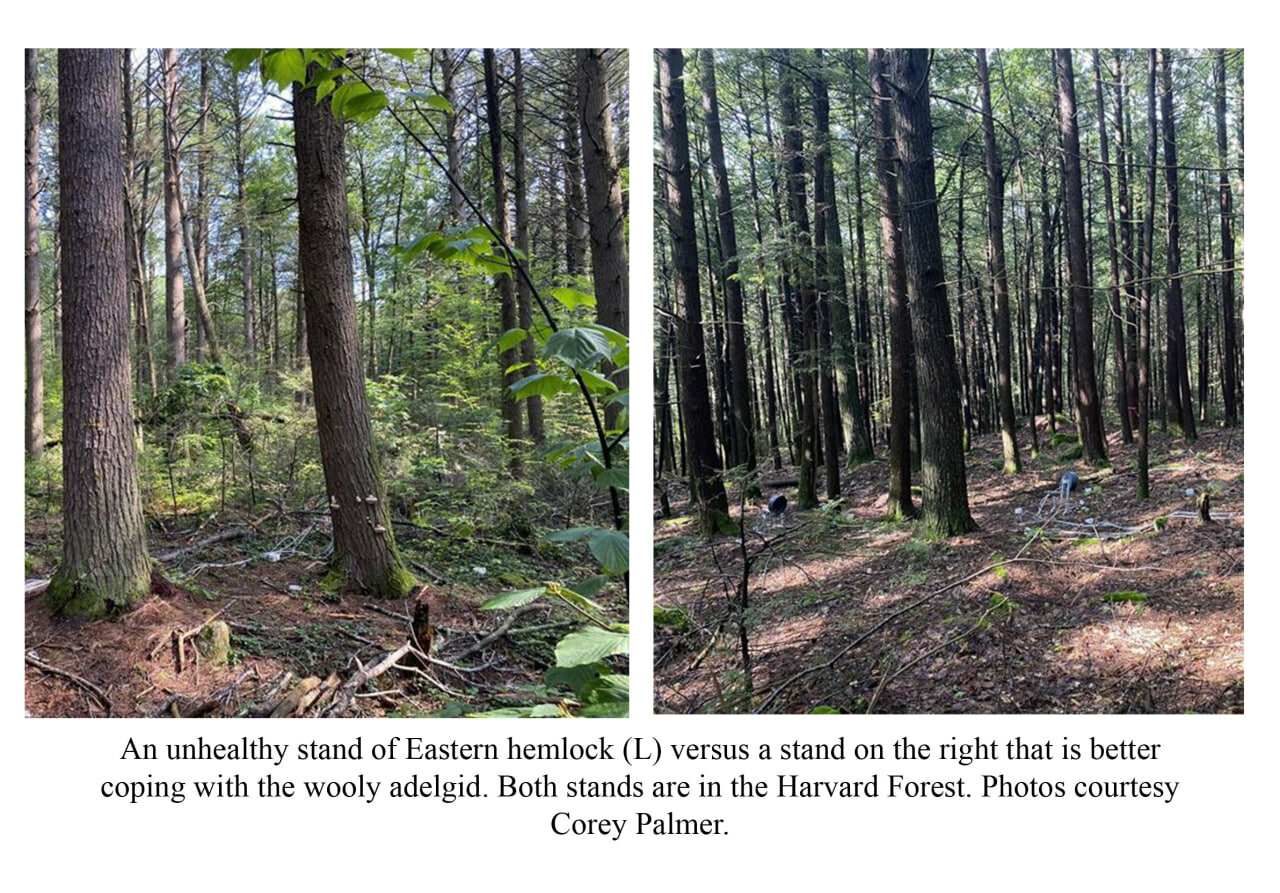



The hemlock woolly adelgid, a miniscule but formidable invasive insect, has been wreaking havoc on Eastern hemlock forests across the United States since its arrival in the 1920s. As the threat spreads and grows, scientists and arborists are racing to understand and combat this pest. Recent developments in research and management strategies offer new hope for preserving these vital ecosystems.
A team of scientists led by Ashley Keiser from the University of Massachusetts Amherst has recently secured a $1 million grant from the Department of Energy to investigate why some hemlock stands resist the pest better than others. The research focuses on two hemlock stands at Harvard Forest in Massachusetts, infected simultaneously but showing drastically different outcomes.
The study will explore the complex interactions between the adelgid, hemlock trees, soil microbes, and carbon and nitrogen cycles in the soil. By understanding these relationships, researchers hope to unlock the secrets of hemlock resilience and develop more effective conservation strategies.
While forest-wide treatment poses significant challenges, there are several management options available for landscape and nursery settings. Early detection and prompt action are crucial for controlling the hemlock woolly adelgid infestations.
Horticultural oil sprays have proven highly effective when applied correctly. These treatments work best when applied during dormant periods or at specific times during the growing season. For larger trees, professional arborists with specialized equipment may be necessary to ensure thorough coverage.
Systemic insecticides like imidacloprid offer another treatment option, either through soil application or trunk injection. However, timing and tree health are critical factors in the success of these treatments. Regular monitoring and maintenance are essential for long-term pest management.
The impact of the adelgid infestation extends beyond individual trees. As a key component of Eastern forests, hemlocks play a crucial role in local ecosystems and contribute to global carbon cycling. The loss of these trees could have far-reaching consequences for biodiversity and climate regulation.
Keiser's research team is working to incorporate their findings into ecosystem models, providing insights into how the loss of Eastern hemlocks might affect forest-level carbon and nitrogen cycling. This information will be vital for predicting and mitigating the broader environmental impacts of these infestations.